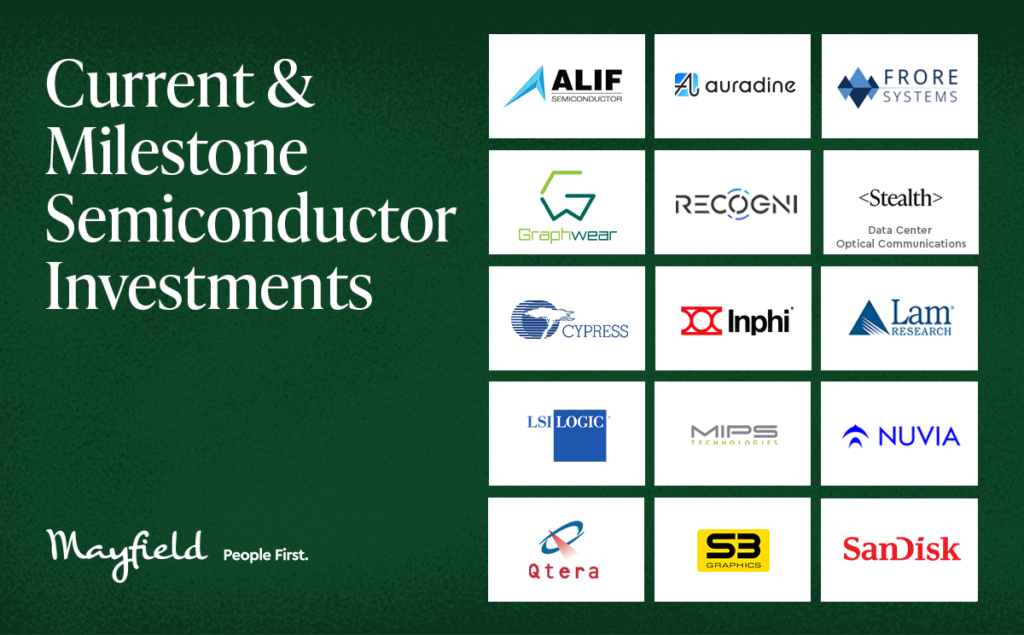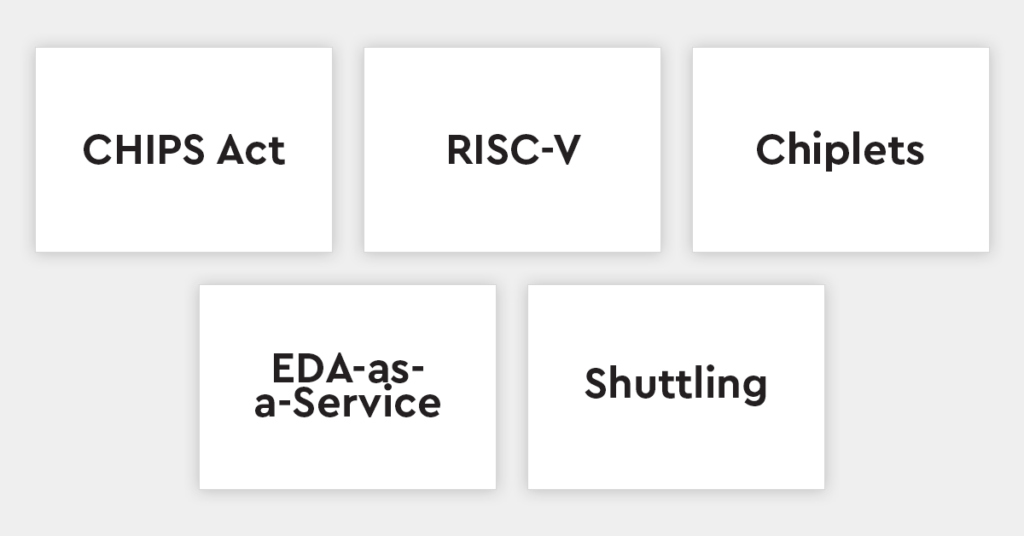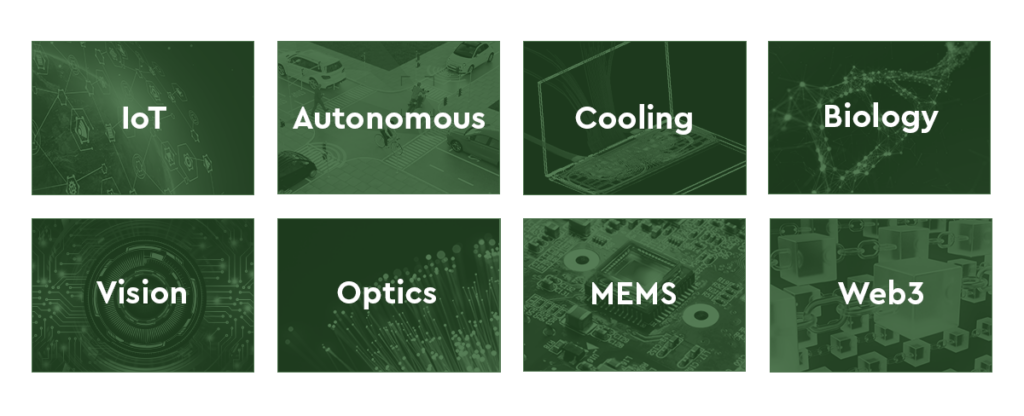

As a venture capital firm with a 50+ year history of investing, we have witnessed many technology inflection points. Iconic semiconductor companies, which gave Silicon Valley its name, grew by taking advantage of Moore’s Law, doubling processing speeds every 24 months by packing more transistors on chips. About five years ago we, along with others, observed a plateauing of Moore’s Law, giving rise to a need for architectural innovation & workload-optimized silicon. I shared how the Renaissance of Silicon would create new industry giants, and wrote about opportunities for startups.

In 2023 the golden age for semiconductor innovation continues, enabling the rise of startups to serve emerging market needs. This is driven by governmental policy and four industry shifts.

CHIPS Act: The recently signed CHIPS Act, through which the government will provide incentives for companies to manufacture semiconductors within the US, is a major development. These incentives extend to the supply chain and companies operating in mature nodes. In addition, there are R&D provisions that intend to improve access to prototyping which can encourage startups that need to leverage fab process changes to innovate. There are also expectations for a $500M fund for chip startups.
RISC-V: We have seen the increasing momentum of the RISC-V movement, an open source architecture which has the potential to create exponential opportunities, similar to how Linux impacted software. Startups who are freed from using the closed X86 system or paying the prohibitive licensing fees imposed by ARM, are inventing new processors for new applications.
Chiplets: The emergence of chiplets – tiny integrated circuits that contain a well-defined subset of functionality and which can be implemented in a mix-and-match “LEGO-like” assembly – is another trend powering innovation.
EDA-as-a-Service: Cloudification has come to semis with the emergence of EDA-as-a-service, providing vendors access to design tools in a pay-per-use model.
Shuttling: And the prevalence of *shuttling* – the ability to utilize partial capacity in fabs – similar to renting space in shipping containers, has greatly reduced the cost of getting to the tape out stage.

The semiconductor industry has a 70+ year history of innovating at inflection points to create new categories of products and maintain the US competitive advantage. I believe we are at another such inflection point, one in which governmental support and the driving force of new markets are coinciding to help entrepreneurs put silicon back into Silicon Valley.
